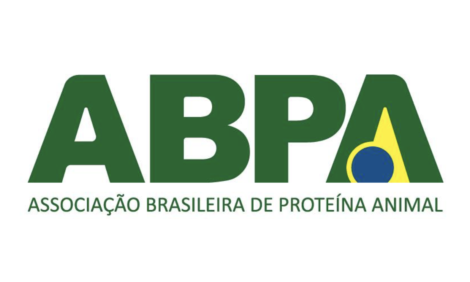



Nest Matting, Litter Impact Layer Plumage Condition
FRANCE - Layer performance was unaffected by the lining material used in nests and the pecking/scratching area or litter provision in furnished cages (colony cages), according to new research at ANSES. However, artificial turf mats in the pecking/scratching area resulted in less feather loss than rubber mats, and plastic mesh in the nests increased mortality.A new study at the French Agency for Food, Environmental and Occupational Health Safety (ANSES) in Ploufragan shows the importance of choosing the most suitable linings and litter to obtain the best possible compromise between the behavioural needs of laying hens, zootechnical performance and animal health.
The provision of litter and the lining of the pecking/scratching area and nests to improve the welfare of caged laying hens had effects on mortality, plumage quality and some measures of performance, Maryse Guinebretière and colleagues report in the current issue of Poultry Science.
This experiment was designed to determine the effect of litter provision and lining in nests and pecking/scratching areas on health and bird performance. Research was carried out in furnished cages, each housing 60 beak-trimmed ISA Brown hens.
Four different treatments were compared in a factorial arrangement, including two different nest linings (artificial turf versus plastic mesh), either used alone or combined with the use of litter (wheat bran) spread over the rubber mat in the pecking/scratching area.
An additional treatment using artificial turf mat in the pecking/scratching area and nests (as commonly used in commercial flocks) was used to compare the effect of pecking/scratching area lining in the other treatments.
Zootechnical performance - laying rate, egg weight and feed intake - was unaffected by pecking/scratching area lining or by nest lining.
The use of artificial turf mats in the pecking/scratching area resulted in less feather loss than rubber mats, especially on breast and cloaca/vent areas. No consequences were observed on bodyweight or mortality.
However, the use of plastic mesh in nests was seen to increase mortality in comparison with artificial turf mats, without affecting plumage condition and bodyweight.
Although wheat bran provision did not influence feed intake and laying rate, litter provision did result in slightly higher mean egg weight. Moreover, bodyweight tended to be lower when litter was distributed in cages and neck and breast plumage condition improved. The distribution of litter had no effect on mortality.
Reference
Guinebretière M., A. Huneau-Salaün, D. Huonnic and V. Michel. 2012. Plumage condition, body weight, mortality, and zootechnical performances: The effects of linings and litter provision in furnished cages for laying hens. Poult. Sci. 92(1):51-59. doi: 10.3382/ps.2012-02576
Further ReadingYou can view the full report (fee payable) by clicking here. |








